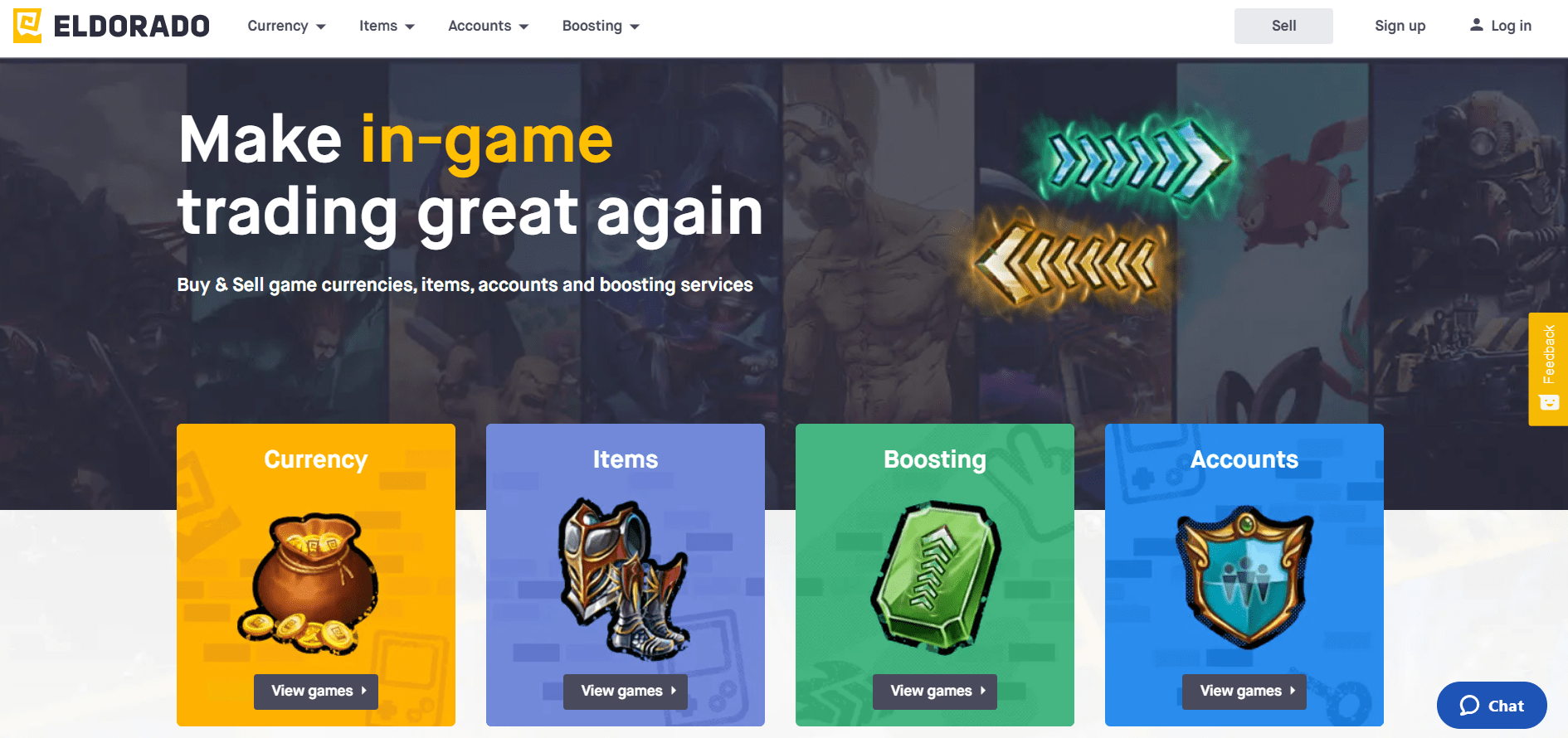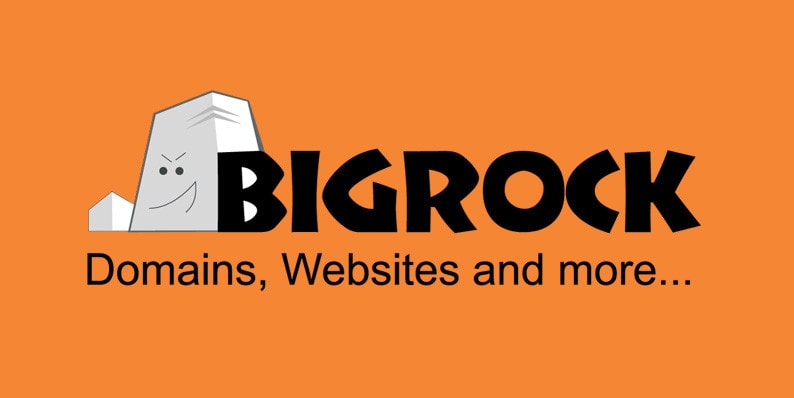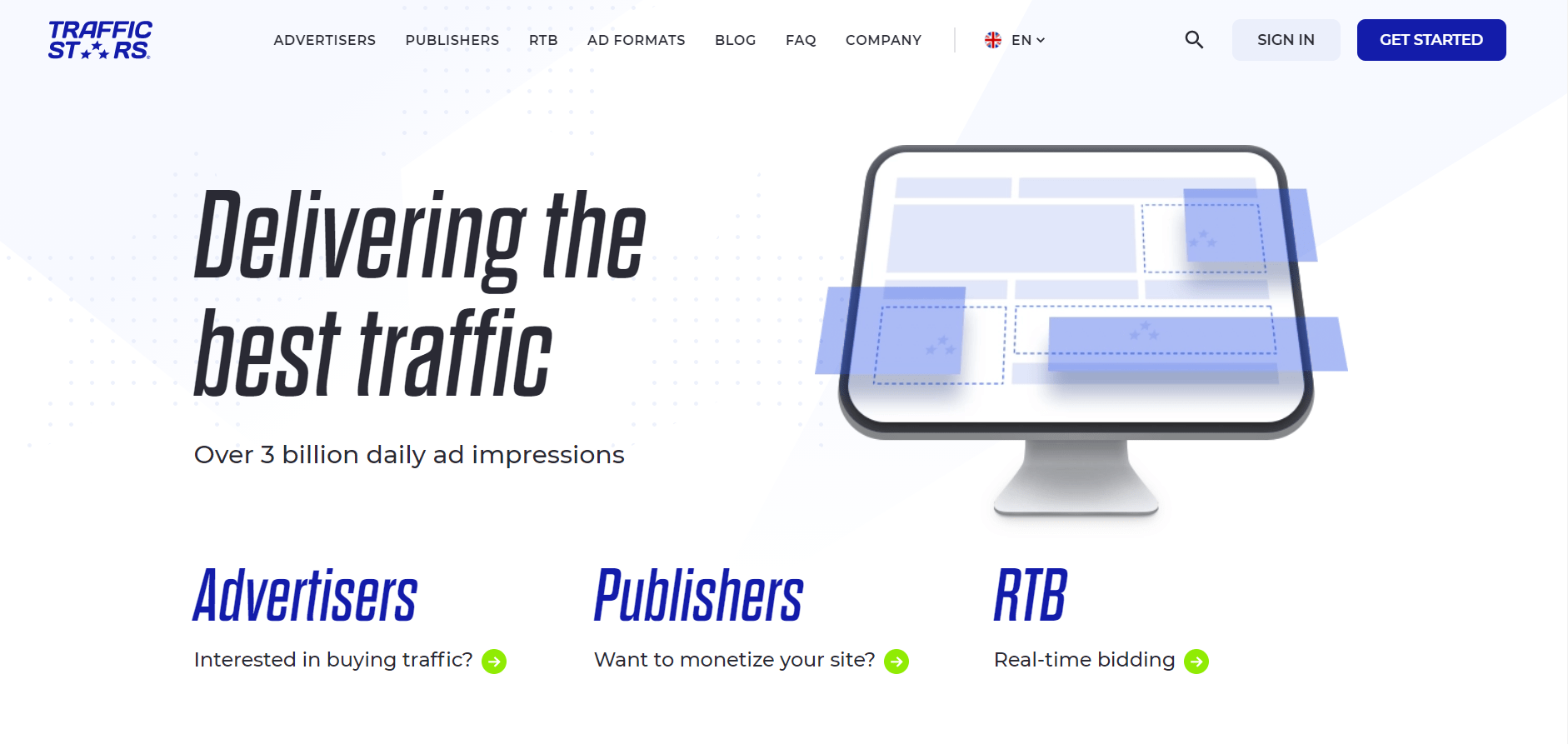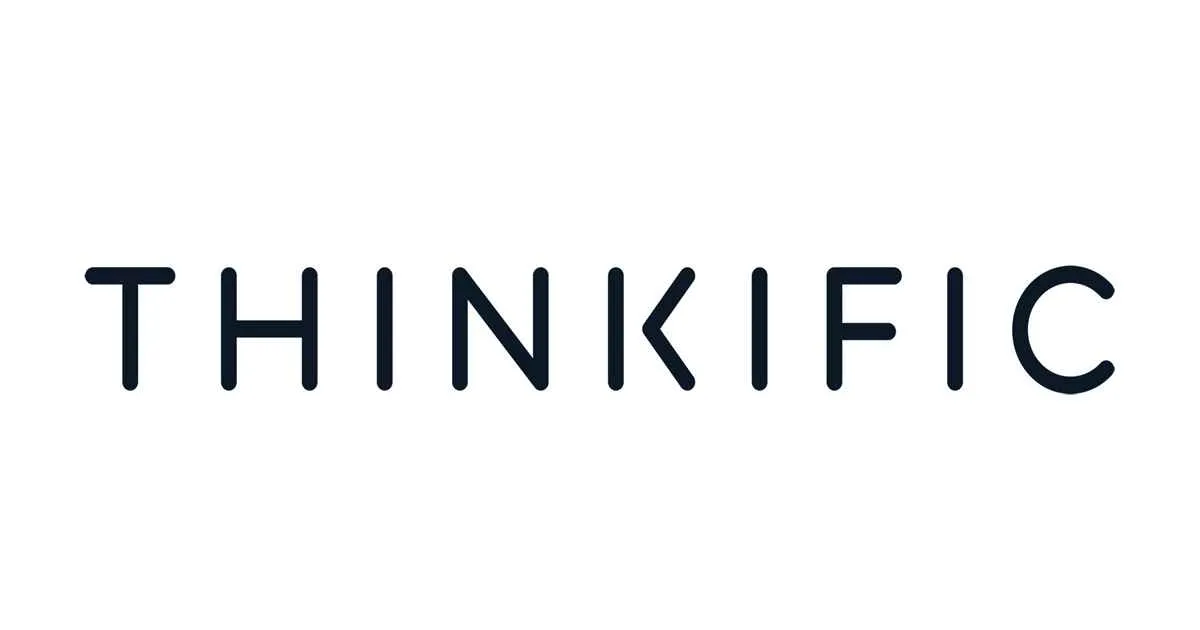
We Got Everything
You Are Searching For!
SUCCESS STORIES




We Got Everything You Are Searching For!
- Find profitable niches easily
- Find profitable niches easily
- Discover easy to rank for keywords
- Discover easy to rank for keywords

Latest Blogs
New From AffiliateBay
We help you keep up with articles featuring in-depth reviews, expert insights, and exclusive tips on the latest affiliate marketing strategies, tools, and trends.
How to Pitch for Guest Blogs?
SEO Friendly Pagination 2024: Best Practices To Be Followed
9 Best Legal Affiliate Programs In 2024 To Earn Passive Money

5+ SEO Tactics To Boost Organic Traffic & Rankings In 2024

What Are Anchor Texts 2024? How To Write A Good Anchor Text?
Guides
Turning your ideas into reality means working on the technical parts. This is when your blog really starts to come together.
Affiliate Programs
Here are the lists of best affiliate programs that you can join and monetize your website as per your niche.
Popular Niche Business Tools
Semrush

5/5
SEMrush is a comprehensive SEO and marketing tool for research, analytics, and optimization of online strategies.
Jungle Scout

5/5
Jungle Scout is an essential Amazon seller tool for product research, tracking, and data-driven decisions to boost sales.
Bright data

4.9/5
Bright Data is a versatile web data collection platform for businesses, providing reliable and ethical data harvesting solutions.
Thinkific

5/5
Thinkific is a user-friendly online course creation and management platform empowering educators to monetize their knowledge effectively.
Explore More Categories
Take The 28 Day SEO Challenge Now
Steal Your
SEO STRATEGY
Download my 2x intelligent spreadsheets to steal your competitors SEO strategy now!
Take The 28 Day SEO Challenge Now
The 7 Day Ecommerce SEO Strategy To Increase Your Search Traffic!
Download my 2x intelligent spreadsheets to steal your competitors SEO strategy now!
What Our Readers Say About Us...



Hi, from AffiliateBay Team
We’re a team that runs successful affiliate websites, and we’re here to share what we’ve learned. Our team shares practical tips and advice for successful affiliate marketing based on our experience in running affiliate websites. We review various products and services, providing unfiltered opinions to help you make informed purchasing decisions.

POPULAR CONTENT
Browse Our Categories

HOSTING
Looking for a new web hosting? Now save a great deal of money using our special coupon codes and deals on the most popular hosting platforms.
EDUCATION
Learn about the top online courses and test preparation. Explore the best deals and honest reviews of popular education platforms and courses.
SOFTWARE COUPON
Get today’s best deals and offers on popular software, services, and online platforms. Save BIG with our new updated coupons.
REVIEW
Explore the word of latest technology with help of our in-depth guides on trending gadgets and tools.The Best Of Affiliatebay


Olymp Trade Review 2024: Can You Earn Money From Olymp Trade?
Updated on: August 31, 2023
PQ.Hosting Review 2024: Everything You Should Know!
Updated on: February 12, 2024
Eldorado.gg Review 2024 : Is It The Best Financial Education Platform ?
Updated on: June 11, 2023
Clickadu Review 2024: Perfect Ad Network to Boost your Income
Updated on: September 19, 2023ConvertBox Review 2024: Is It The Best Lead Capture Tool?
Updated on: August 10, 2023

How To Build Affiliate Marketing Website 2024– 10 Step Detailed Guide
Updated on: January 17, 2024
Why CPA Life in Moscow Is A Must-Attend Affiliate Marketing Event?
Updated on: July 24, 2023
How To Start Affiliate Marketing In 2024– 7 Easy Steps And With No Money?
Updated on: January 18, 2024
{Latest 2024} Best Casino Affiliate Programs To Make MORE Money
Updated on: June 29, 2023
Top 10 Online Pharmacy Affiliate Programs To Make More Money 2024
Updated on: June 29, 2023
PropellerAds ALO 2024– What You Need To Know About This Event?
Updated on: August 13, 2023

Top 9+ Bigrock Hosting Alternatives 2024
Updated on: August 21, 2023
Scala Hosting Review 2024: Is It The Best Managed VPS Hosting Provider?
Updated on: August 28, 2022
PQ.Hosting Review 2024: Everything You Should Know!
Updated on: February 12, 2024
eUKhost Review 2024: Could This Web Host Be Underrated?
Updated on: August 10, 2023
EasySpace Pricing 2024– Choose Perfect Plan For Hosting!
Updated on: August 21, 2023
Bigrock Hosting Pricing 2024 | Does BigRock offer hosting?
Updated on: September 22, 2023

TrafficStars Review 2024 – Is This Ad Network Really Good?
Updated on: September 25, 2023
MostBet Partners Review 2024: Leading Affiliate Program in iGaming, Betting & eSports?
Updated on: September 20, 2023
Suomzilla Review 2024: Best Ad Network for Marketers & Affiliates?
Updated on: July 7, 2023
EvaDav Review 2024: Is It Reliable Push Ad Network?
Updated on: July 30, 2023
BizzOffers Review 2024: Is It The Best Affiliate Network For SAAS Products?
Updated on: November 17, 2023
Zpush.biz Review 2024: Best Push Notification Advertising Network?
Updated on: November 18, 2023

250+ Money Affirmations For Financial Abundance and Wealth
Updated on: June 5, 2023
Google AdSense Banner Sizes 2024 : Top 10 AdSense Formats for Maximum Earnings
Updated on: August 3, 2023
How To Start A WordPress Blog On Bluehost In 5 Mins 2024
Updated on: June 14, 2023Difference Between Post And Page In WordPress 2024: Beginner’s Guide To WordPress
Updated on: June 4, 2023
Top 7 Frugal Blogs to Follow to Save More And Spend Less In 2024
Updated on: August 9, 2023
Top 20 Best Email Marketing Blogs 2024: Your Guide to Email Marketing Success!
Updated on: July 4, 2023We have been featured on










